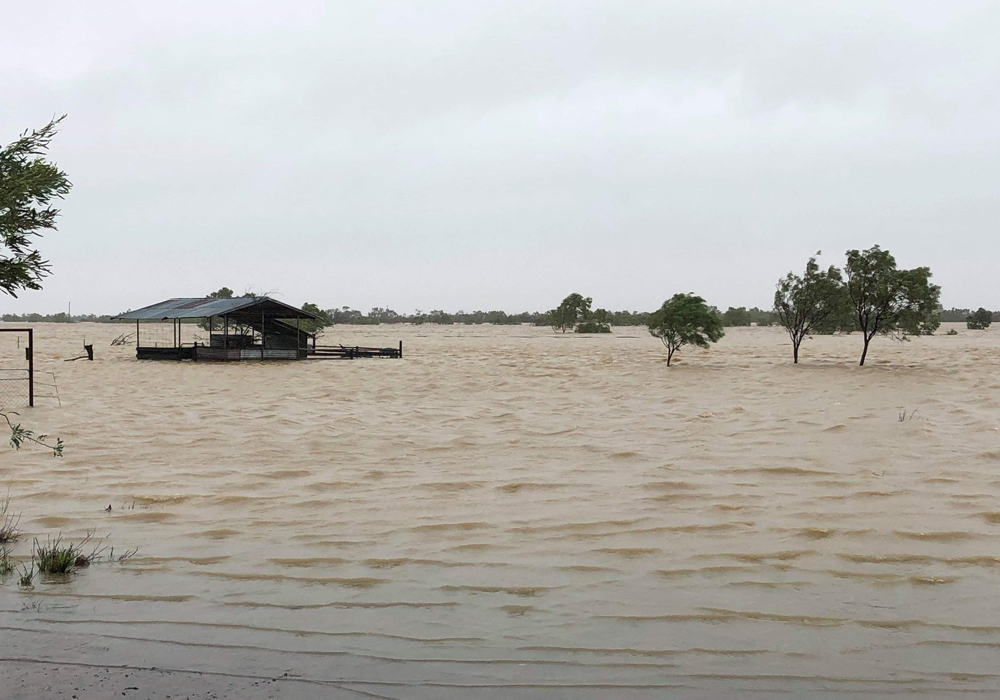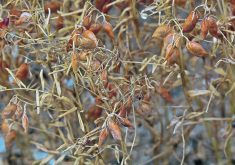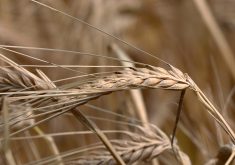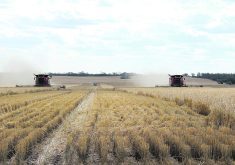Hundreds of thousands of cattle are dead after floods left parts of eastern Australian under water, swallowing up livestock and farm buildings.
Overhead photos taken from helicopters flying over Queensland show the intensity of the disaster as large numbers of cattle lie dead in groups.
One farm alone says it has lost thousands of cattle including 30,000 head on one of its cattle stations.
The Australian Cattle Company (AACo) is the largest pastoral outfit in the country and runs more than half a million cattle on more than 24 stations and feedlots in Queensland and the Northern Territory. Owners say they have lost almost 30,000 head on one of its Gulf of Carpentaria stations alone.
Read Also

Manitoba farm group named finalist for national water innovation award
The Manitoba Forage and Grassland Association’s Aquanty Project for local hydrological modelling has earned them one of three finalist spots for a national award from Water Canada.
A statement from AACo said its 2,500 sq. kilometre Wondoola station had experienced its highest flood levels ever, forcing evacuation of station staff from the property.
Due to the extraordinary level of devastation from the floods, grants for Queensland producers will rise from $25,000 to $75,000 – https://t.co/gLIHDhcKJS @LGAQ pic.twitter.com/zAzKRx4aqu
— Qld Agriculture (@QldAgriculture) February 8, 2019
AACo managing director, Hugh Killen, said: “Wondoola is at the epicentre of flooding in the gulf right now, as the station is in the deepest and widest part of the impacted area.
“We’ll have to see what happens over the coming days and weeks, but it looks grim for those cattle,” he said.
Three of the company’s other stations at Canobie, Dalgonally, and Carrum run 50,000 head of cows and calves and are also reporting heavy losses.
It is ironic that many farmers in Australia have kept their cattle alive through years of drought only to lose them now to floods.
The state of Queensland says it expects the death toll to run close to half a million head, which signals a potential loss worth about $280 million.
The situation has become so bad that farmers are calling for extra bullets because they have run out.

















